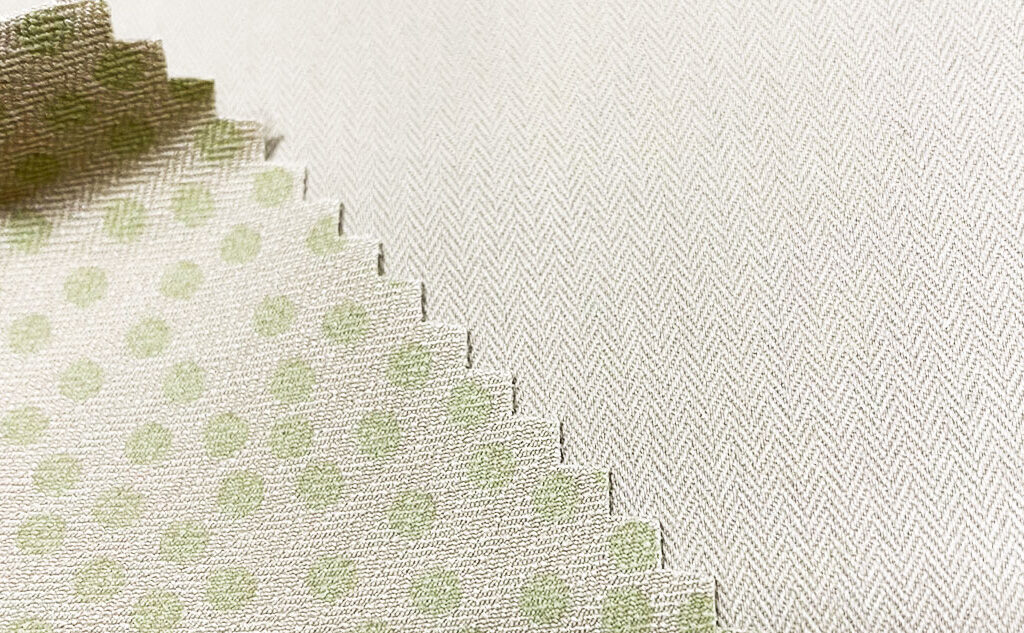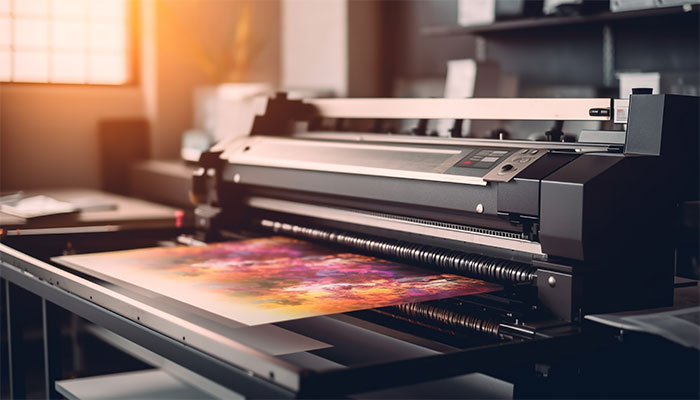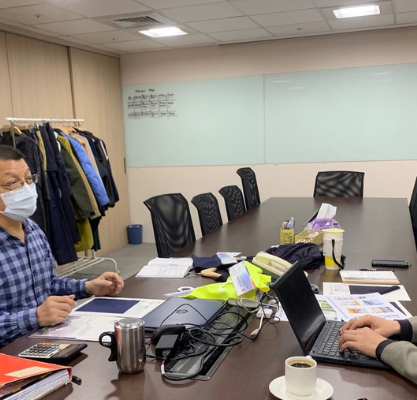Fabric printing techniques has long been utilized to enhance the appeal of apparel, yet its potential often goes underestimated. However, recent advancements in printing techniques, such as digital printing on fabric, have brought about transformative changes in the textile industry. In this blog post, we will delve into two innovative printing methods: functional printing and digital printing. These techniques offer a plethora of possibilities, adding unique functionalities and customization options to textiles. Moreover, they contribute to sustainability by minimizing resource consumption.
Let's explore the exciting world of printing innovations and their impact on the apparel industry.
Functional Printing:
Functional printing involves the use of various chemicals as pigments to make textiles more functional and versatile. Let's examine a couple of remarkable examples:


Cotton Inc: Wicking Window
Through the technology known as "cotton inc: wicking window," a water-repellent agent is intricately printed onto fabric, forming a well-designed pattern. This treatment enables the fabric to efficiently transport moisture from the inside out. For more details, you can visit the website of Cotton Incorporated's Performance Technologies division.
Cooling & Thermo Printing
By printing hydrophilic materials on fabric, an intriguing cooling effect can be achieved. When in contact with water, such as the Omni Freeze technology from Columbia, the fabric creates a refreshing sensation. Additionally, heat-reflecting materials can be printed, endowing the fabric with thermo-regulating properties. This innovation offers new levels of comfort and functionality to apparel.
Functional printing not only accomplishes its intended purposes with fewer chemicals, energy, and water, but it also contributes to sustainability. However, it is important to note that the functionality of the printed fabric may be compromised with frequent washing due to the absence of catalysis by temperature and pressure.
Digital Printing:
Digital printing has revolutionized the apparel industry by allowing direct spraying of colorants onto fabric or paper. This technique offers several advantages over traditional printing methods:


Flexibility and Customization:
Digital printing liberates designers from the constraints of pattern size, color options, and minimum order quantities. It offers unparalleled flexibility, enabling the creation of intricate designs and personalized garments. Whether it's vibrant patterns or intricate artwork, digital printing on fabric opens up a world of customization possibilities.
Sustainability:
The direct printing process employed in digital printing significantly reduces water and electricity consumption. Unlike traditional printing techniques, there is no need for extensive pre-treatment or excess color usage. This eco-friendly approach aligns with the industry's growing focus on sustainable practices. By opting for digital printing on fabric, brands can contribute to a greener future.
The Future of Printing Technology:
Printing technology continues to advance rapidly, driving transformation in the apparel industry. Functional printing enables the creation of textiles with unique properties, such as water-repellency and cooling features. Simultaneously, digital printing on fabric offers unprecedented flexibility and customization options. These innovations not only enhance the value of apparel products but also contribute to a more sustainable future by reducing resource consumption.
As the technology evolves, we can anticipate even more exciting developments in the field of printing and its profound impact on the textile industry. The integration of functionality, customization, and sustainability in printing methods paves the way for a new era of creative possibilities for both designers and consumers.
Conclusion
Printing innovations have revolutionized the way we perceive and produce apparel. Functional printing adds unique functionalities to textiles, including water-repellency and cooling properties, while digital printing on fabric offers unparalleled flexibility and customization options.
By embracing these advancements, the apparel industry can enhance product diversity, promote sustainability, and cater to individual preferences. As we journey into the future of printing technology, we can look forward to even more exciting developments that will shape the textile industry in remarkable ways.
You may also like





